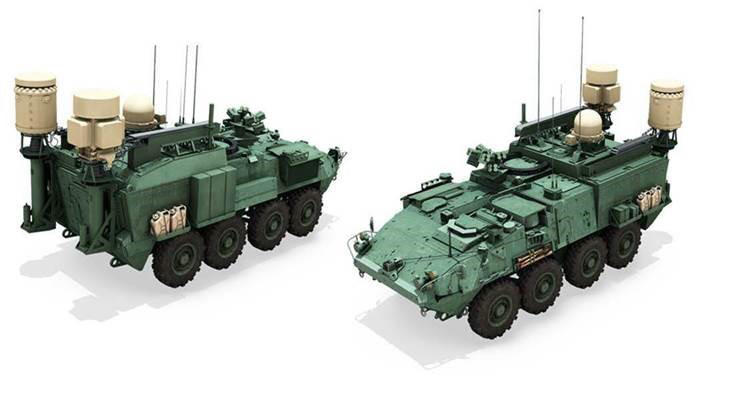
The U.S. Army through the Consortium Management Group (CMG)/ Consortium for Command, Control and Communications in Cyberspace (C5), awarded Lockheed Martin [NYSE:LMT] a Project Agreement to continue development of the Terrestrial Layer System (TLS) program, which will provide critical situational awareness capabilities to the U.S. Army.
In today’s complex, digital environment, the U.S. military requires a Joint All-Domain Operations-capable force to counter near-peer adversaries. As evidenced in the Department of Defense’s most recent plans to execute its Electromagnetic Spectrum (EMS) Superiority Strategy, each military service must be able to fight and win in the EMS.
The U.S. Army says TLS will play a critical role in realizing the service’s Army of 2028 vision. Designed for tactical vehicles, TLS will deliver an integrated suite of signals intelligence (SIGINT), electronic warfare, and cyberspace operations capabilities to enable the Joint All Domain Operational (JADO) capable force.
“On the battlefield, everything happens fluidly, and the tools of warfare need to be fully interoperable and integrated,” said Deon Viergutz, Lockheed Martin Spectrum Convergence Vice President. “As a result, Lockheed Martin has been investing millions in internal research and development dollars to fuse its research and development programs so our customers can collaborate using our products that work seamlessly in the field.”
Lockheed Martin has spent years and invested millions to develop open architecture for converged cyber, EW and SIGINT systems that conform to the DoD’s C4ISR/EW Modular Open Suite of Standards (CMOSS). Through CMOSS open system standards, the Army and industry can:
- rapidly develop and deploy new techniques,
- use hardware and software across airborne and ground platforms for optimal interoperability,
- promptly insert new hardware technology,
- and reduce total ownership costs.
The contract for TLS Phase 2 is valued at $9,672,781. Over the next three months, Lockheed Martin will finalize designs associated with key hardware and software elements based on experience gained in Phase 1 and soldier feedback. They will also conduct further operational analysis and demonstrate additional operational capabilities to the Army.
This ensures that Lockheed Martin will be able to immediately transition from the Phase 2 activity to prototype production at the beginning of next phase, which will allow TLS to meet its schedule requirements.



Be the first to comment